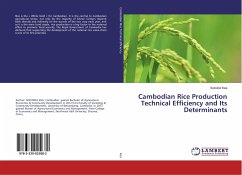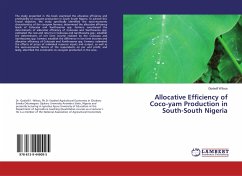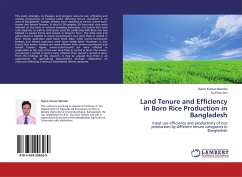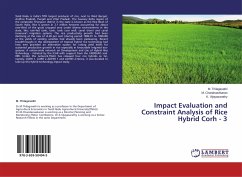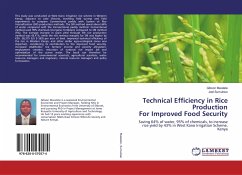The main objectives of the study was to determine the profitability and efficiency of HYV-Boro rice and Hybrid rice. Four Thanas of Mymensingh district were selected as study area. One hundred and sixty (160) Hybrid rice growers were chosen randomly from the areas. Field level survey was done to collect the data. To determine profitability Gross Margin (GM), Net Return (NR), and Benefit Cost Ratio (BCR) were calculated. Cobb-Douglas production function was used to determine the efficiencies of rice growers. Net Return from HYV-Boro rice and Hybrid rice were calculated Tk 9358.10 and Tk 21039.68 respectively. The BCR of Hybrid rice (1.33) was also higher than the HYV-Boro rice (1.20) production. In efficiencies analysis HYV-Boro rice shows better performance than the Hybrid rice production. The factor affects inefficiencies were farm area, farming experience, education level, and family size. The Economic Efficiency (EE) of HYV-Boro rice growers was 0.88 and Hybrid rice growers were 0.68.
Bitte wählen Sie Ihr Anliegen aus.
Rechnungen
Retourenschein anfordern
Bestellstatus
Storno



